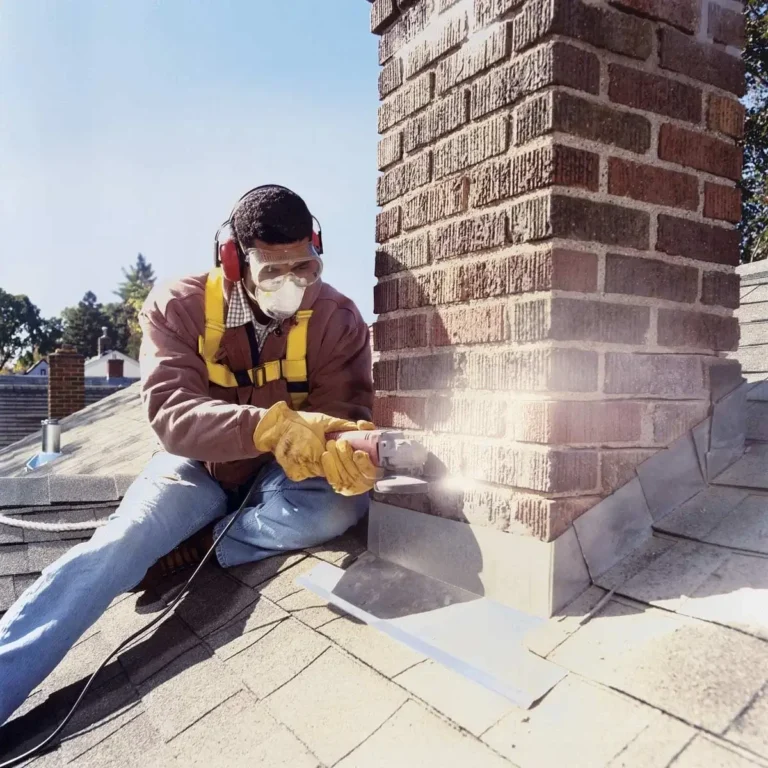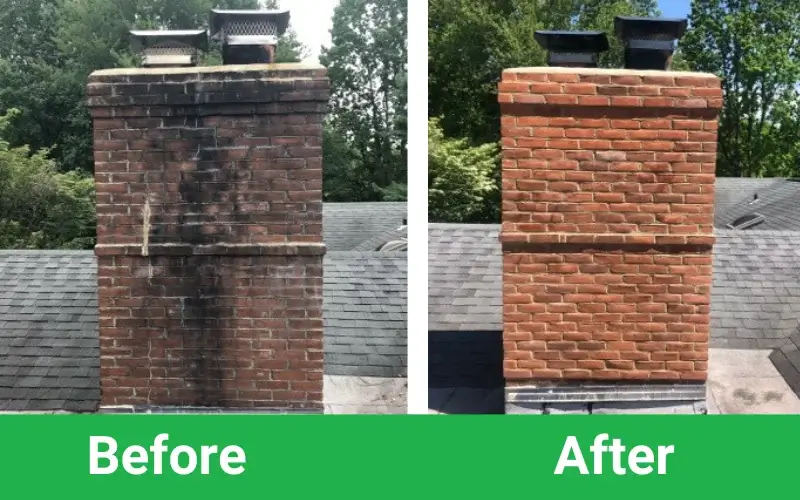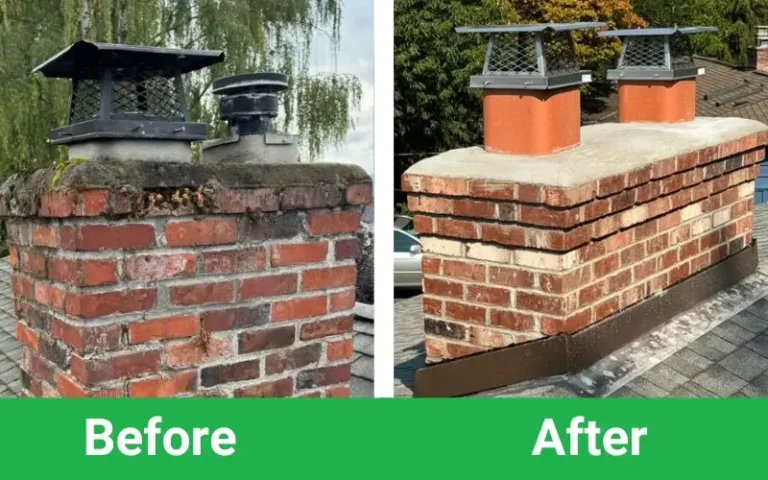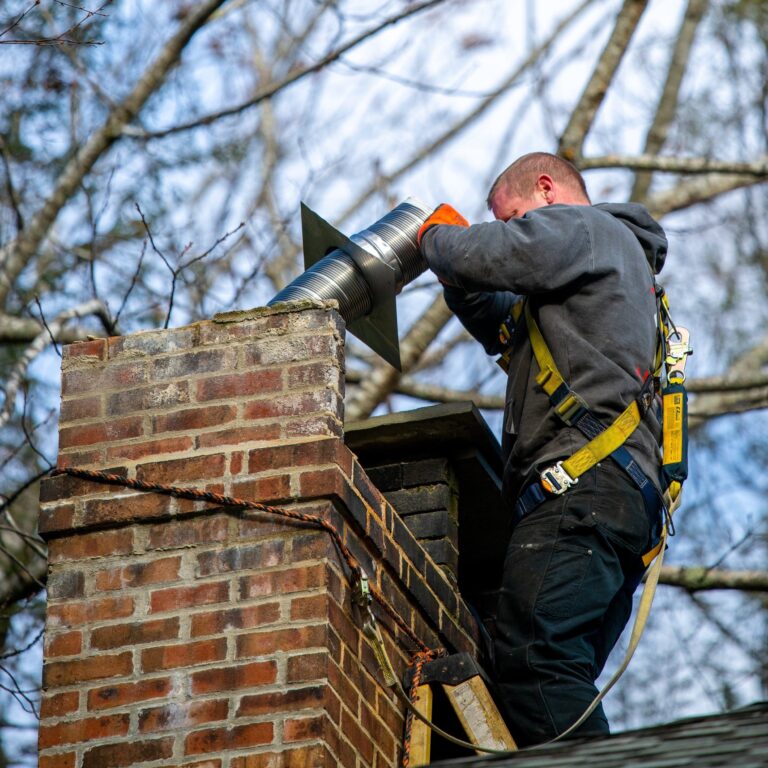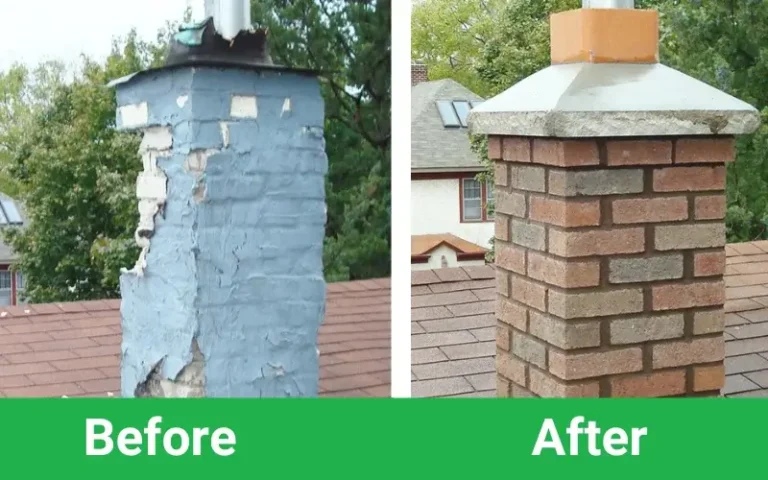If you own a home in Whatcom, WA, chances are your chimney plays a big role in keeping your house warm and cozy during those chilly months. But did you know that one of the most important components of your chimney is hidden inside? That’s right—chimney liners are crucial for both the safety and efficiency of your chimney system.
In this article, we’ll cover everything homeowners in Whatcom need to know about
chimney services in Whatcom, WA, especially when it comes to replacing chimney liners. From understanding the role of a chimney liner to knowing when it’s time for a replacement, we’ve got you covered. Let’s dive in!
The Role of Chimney Liners in Protecting Your Home and Chimney Structure
First things first, why are chimney liners so important? Simply put, chimney liners are like the unsung heroes of your chimney system. They act as a protective barrier between the interior of your chimney and the surrounding structure of your home. Without a chimney liner, dangerous gases like carbon monoxide could leak into your living spaces, and heat could damage your chimney walls, leading to costly repairs or even fire hazards.
One of the main reasons chimney services in Whatcom, WA emphasize chimney liner maintenance is safety. The liner directs smoke and combustion gases out of your home, preventing buildup inside the chimney. Moreover, the liner protects the brick and mortar from the high temperatures and corrosive byproducts created by burning wood or gas. Over time, even the best materials can wear out, which is why regular inspections and replacements are essential.
When you’re scheduling your yearly chimney service, it’s always a good idea to have your chimney liner checked. If the liner is damaged, it won’t be able to do its job, and that’s when chimney repair becomes necessary. In Whatcom, we often see older homes with outdated or worn liners, which brings us to our next point—why replacements are so common in older homes.
Why Chimney Liner Replacement is Often Needed in Older Homes in Whatcom
Homes in Whatcom, WA with older chimneys may have liners that no longer meet modern safety standards. Many homes built before the 1940s used clay tile liners, which, while effective at the time, tend to deteriorate over the years due to heat, moisture, and acidic byproducts from combustion. As a result, many homeowners in Whatcom find themselves needing chimney repair services to replace these outdated liners.
The humid climate in Whatcom can also speed up the deterioration of chimney liners. Over time, moisture can seep into cracks in the liner, leading to more significant structural problems. We see this often during brick chimney repair jobs, where moisture has damaged both the liner and the chimney itself.
If you live in an older home, you may not even be aware that your chimney needs attention until you start noticing issues like smoke backing up into your house or drafts around your fireplace. That’s why we recommend scheduling regular inspections and taking advantage of
professional chimney services in Whatcom, WA, to ensure everything is working as it should.
Types of Chimney Liners: Choosing the Right One
When it comes to replacing your chimney liner, you have a few options. The three main types of liners include clay tile liners, stainless steel liners, and cast-in-place liners. Each type has its own set of pros and cons, so it’s essential to choose the right one for your home.
Clay Tile Liners
Clay tile liners are the most common in older homes. They are affordable and heat-resistant but tend to crack and deteriorate over time. The downside to clay tile is that chimney masonry repair is often required when cracks appear. While they’re durable for a while, their porous nature makes them susceptible to moisture, which isn’t ideal in wet climates like Whatcom.
Stainless Steel Liners
Stainless steel liners are a popular modern option because of their durability and ease of installation. These liners can handle high temperatures and are resistant to moisture, making them an excellent choice for homes in Whatcom. However, because of their cost, they’re often used during chimney flashing repair or when homeowners need a total chimney overhaul. The biggest advantage is their long lifespan and low maintenance needs.
Cast-in-Place Liners
Cast-in-place liners are installed by pouring a cement-like material into the chimney to create a seamless liner. This type of liner is excellent for improving chimney structural integrity, but it can be more expensive to install. These liners are durable, long-lasting, and ideal if your chimney needs extensive tuckpointing chimney work or other structural repairs.

